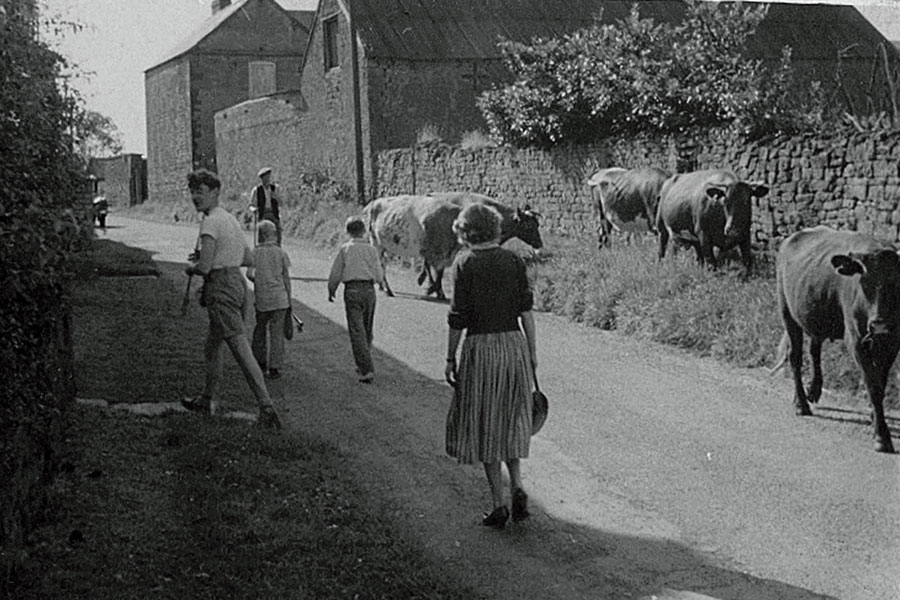Our Villages

Bourtons Parish comprises of the villages of Great Bourton and Little Bourton. The parish lies across a ridge which runs south from the Burton Dassett Hills to just north of Banbury. Ironstone rock caps the ridge with Middle Lias clays and sands the dominating the geology of the area. The landscape is largely classified as Upstanding Village Farmland, with Clay Vale on the lower slopes.
The Bourtons are located north of Banbury in Oxfordshire, England. Great Bourton is about 3 miles (5 km) north of Banbury and about 1 mile north of Little Bourton. The villages enjoy views over the Cherwell Valley, and easy access to London, Oxford and Birmingham via the M40 (junction 11 at Banbury; junction 12 at Gaydon) and by train from Banbury. Access to the Oxford to Coventry Canal is at nearby Cropredy.
You can read more about the Bourtons’ history here: https://www.british-history.ac.uk/vch/oxon/vol10/pp175-184

The Bourtons areas, 1968.
Related Information
Great Bourton
Great Bourton (Bourton Magna on the old maps of the area), nestles onto a hill on the west side of the Cherwell Valley. It has existed as a community for many centuries, as the history of the village confirms. At times dependent on neighbouring Cropredy, yet still fiercely independent of it – The “dissident” quarrelsome neighbour, that rejected “The Church” in favour of nonconformity and refused to use the joint school in favour of its own.
A place where people settle, and don’t want to leave
Great Bourton now values its neighbours – children here go to Cropredy primary school, and some residents use the doctors surgery and small shop there. The parish includes Little Bourton, and residents of both Bourtons meet at the Church, the Village Hall, the pubs, play areas and the allotments. It is a friendly community where “outsiders” and visitors are welcomed. A place where people settle, and don’t want to move, a place people come back to and a place with history – where some of the old families can still be found, their surnames connected to the village for centuries.

MANOR ROAD – PAST

MANOR ROAD – PRESENT

SWAN LANE 2016
Why do people connect with the village?
The settlement pattern helps – a nucleated village with warm Hornton stone cottages around the Church (re established in 1863).
Its location within easy communications to anywhere it seems – we are on the way to everywhere, in the centre of the country with good routes north and south, by car, train or narrow boat. A convenient place to settle if you need access elsewhere, and a convenient and picturesque place to visit. There is enough community spirit to enjoy a good few get-togethers at the pub, and to keep its clubs and societies thriving. It is a place where you are taken at face value and your neighbours are real neighbours. Here the Manor House sits next to a small cottage, old stone house next to a modern brick house, family home next to retirement bungalow. Expansion has happened gradually, with small scale developments clustering around the historic core. Diversity and variety and yet, all a part of the whole. Great Bourton offers something for everyone.
If you visit the village, walk around its streets. The warm Hornton stone looks inviting even on a grey day. Some houses have square cut stone, faced and finished giving a sense of importance, a facade of grandeur. Some are made of stone rubble laid in roughly straight courses with the odd faced stone piece “borrowed” from somewhere finer at some time in its history. Some of the smallest cottages have huge inglenook fireplaces and the cottage names allude to their nail-making past or other historic village functions. Some are old farmhouses or barns which refer back to a time when agriculture was the main industry and employer in the area. Many of these buildings would have been thatched and some of the old photos of the village show this, but now only the Old Swan retains its thatch – once a pub, then an office, and now a home. The old Bakehouse, The Old School House, The Old Vicarage, Chapel Cottage all once served the community and over the years have become homes. You can even see the outline of the post box that has been bricked up at Priory Cottage which was the village shop at the turn of the 20th Century.
If you just visit the village or choose to live here, we hope to meet you in the Bell, the Church, the play area, the Village Hall or just walking the streets enjoying the views, we look forward to welcoming you!

COTTAGE ON SWAN LANE

OLD POST OFFICE

SWAN LANE 2016
Our grateful thanks to Veronica Fisher and Roger Holdom for many of the photographs on the site.
Little Bourton
Little Bourton, which has been known as Bourton Parva, is sometimes overlooked. There used to be a Methodist Chapel here which is now a private house. Also, until quite recently, there was a garage and petrol station which is now a small housing development, named after an early owner of the garage, Pinson Close.
Often overlooked but as interesting as ever
Little Bourton used to have nail-makers’ cottages but it is said they were demolished by order of Parliament because the nail-makers were minting their own coinage, contrary to law.
It used to have a watermill, the site of which you can still find at Slat Mill on the River Cherwell, down Mill Lane and over the railway, past mellow old brick Pewitt Farm, over the canal bridge to the meadow between canal and mill race. Here a skirmish of the Civil War took place in the 17th Century and Waller’s army looked down into the valley from their encampment between Great and Little Bourton, near what is now Littlegood Farm. At this farm you can now buy the most flavoursome free-range eggs, and an old farm building, below the farm, has been made into a rural, accessible holiday let cottage, Littlegood Lodge.
Why do people connect with the village?
If you are travelling on, or walking the towpath of the Oxford Canal, you can moor up near the isolated lock cottage But since Network Rail closed the railway crossing you can no longer walk up a permissive footpath on a track over the railway, and up a farm track past Park Farm. Although many of the houses in the village are modern, there are several Hornton ironstone buildings of historical interest. Park Farm features in “Traditional Domestic Architecture in the Banbury Region” by Raymond B. Wood Jones. (Wykham Books. ISBN 0 9511745 09). In recent years it has been the subject of considerable restoration ,rebuilding and extension to the rear.
As you proceed up Chapel Lane you will pass the village park on the right. There you can find interesting robinia-wood play equipment in the Little Bourton pocket park/play area and a shelter in which to sit and enjoy overlooking the Cherwell Valley.
People have moved away, and moved back again the following year, because they missed this friendly community so much.
Thanks to Sally Leszczynski for this introduction to Little Bourton.



